Dual-language program in Amherst schools loses state funding
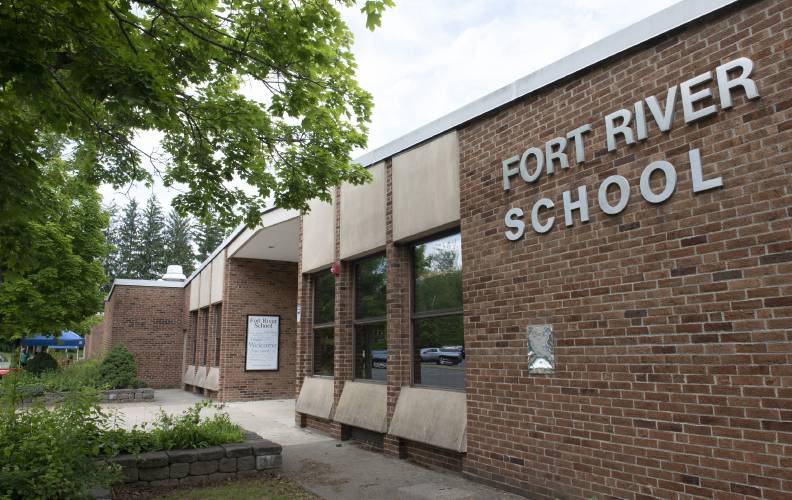
Fort River School in Amherst, home of the Caminantes program. STAFF FILE PHOTO
| Published: 01-22-2024 4:56 PM |
AMHERST — The leader of a successful dual-language program at Fort River School is calling on the Amherst School Committee for a continued commitment to keep and expand the program now that the district has lost a state grant.
Katie Richardson, the district’s multilingual educator, told the committee last week that the Caminantes program continues to meet the needs of students enrolled in it, improving the language and literacy skills of both the Spanish and English speakers.
Since its launch in 2019, when Caminantes began for kindergartners, the program has been funded by grants from the Department of Elementary and Secondary Education. That money helped build the program’s foundation, and has covered curriculum materials, texts, supplies and subscriptions and the training of staff.
“But it’s not continuing, and this is the time where the district has to start looking at how to make it a sustainable commitment to make this program work,” Richardson told the committee on Thursday.
Funding is just one of the challenges coming for Caminantes, including how to bring the program to sixth grade and to the Amherst Regional Middle School, in the fall of 2025 and the fall of 2026, respectively, and ensuring that Caminantes continues to function when a new elementary school opens at the Fort River site in 2½ years.
Over five years, the grants, generally around $500,000 annually, have gone toward the program as well as the Western Massachusetts Bilingual Hub at the University of Massachusetts.
“They were really significant,” Richardson said of the competitive grants, which Amherst schools failed to secure this year.
The bilingual hub is a partnership with Amherst, Holyoke and Springfield public schools to support teacher training. So far, 15 educators have completed coursework through the bilingual hub, and three are currently enrolled.
Article continues after...
Yesterday's Most Read Articles
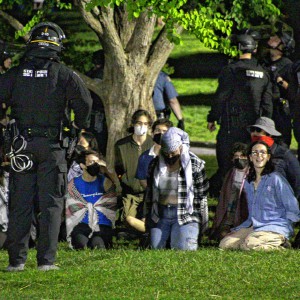 More than 130 arrested at pro-Palestinian protest at UMass
More than 130 arrested at pro-Palestinian protest at UMass
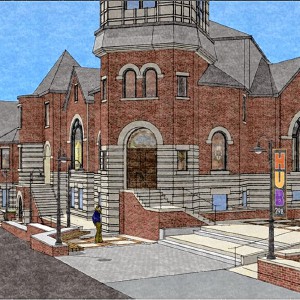 Public gets a look at progress on Northampton Resilience Hub
Public gets a look at progress on Northampton Resilience Hub
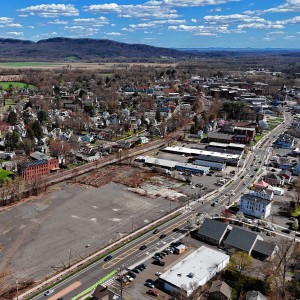 Northampton bans auto dealerships near downtown; zone change won’t affect Volvo operation on King Street
Northampton bans auto dealerships near downtown; zone change won’t affect Volvo operation on King Street
 UMass basketball: Bryant forward Daniel Rivera to be Minutemen’s first transfer of the offseason
UMass basketball: Bryant forward Daniel Rivera to be Minutemen’s first transfer of the offseason
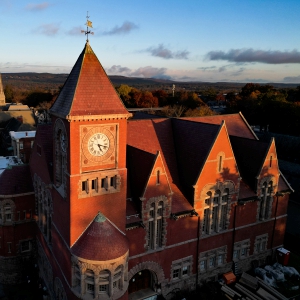 Town manager’s plan shorts Amherst Regional Schools’ budget
Town manager’s plan shorts Amherst Regional Schools’ budget
 Police respond to alcohol-fueled incidents in Amherst
Police respond to alcohol-fueled incidents in Amherst
Currently, up to 40 students in each of the grades K-4 at Fort River School are in Caminantes, equally divided between those coming from Spanish-speaking families and those from English-speaking families. Half the day is spent with instruction in Spanish and half the day is spent with instruction in English.
For core subjects, mathematics is taught in Spanish in grades K-2 and in English in grades 3-5, while science and social studies units are taught equally in both languages.
“We made this commitment five years ago and we really need to continue it,” Richardson said, explaining that it began as the number of Hispanic students and Spanish-speaking students in Amherst schools was growing and English language learners were performing at lower levels on MCAS tests. “We see amazing outcomes with students, we see the connection with families.”
In addition to serving English language learners and multilingual students, the district saw bilingualism as an asset for all students and an opportunity that many families would be interested in.
“Research shows that English learners served in a dual-language program model have better educational outcomes than through any other program model available to us, including sheltered English immersion,” Richardson said.
Caminantes has rested on the pillars of bilingualism and biliteracy, academic achievement and sociocultural competence, as well as aligning with district goals of hiring more diverse staff, closing the opportunity gap, and providing innovative and multicultural education, she said.
Both language and literacy development have shown improvement. On language, 59% of all Caminantes students are speaking at the intermediate level of Spanish by the end of third grade. On literacy, the measurements use the mClass and mClass Lectura assessments for both Spanish and English skills.
“We see that roughly 60% of our students in third and fourth grade are at or above grade level in both cases, so that’s exciting to see,” Richardson said.
On sociocultural competence, students are connecting across race, class and linguistic differences. “The status of the Spanish language is elevated,” Richardson said. “We hear more students speaking Spanish and feeling comfortable speaking Spanish, which is amazing. They recognize its value.”
Aside from funding and expanding the program in the coming years, another challenge is busing from the other elementary schools, which causes students to miss learning time. “That’s something we really need to look at going forward,” Richardson said.
Those who provided public comment to the School Committee said they worry about funding and the plans for when Caminantes moves beyond Fort River.
As a teacher, Lissa Pierce Bonifaz said she has noticed students becoming more proud of their family’s heritage, like some speaking about their customs in Puerto Rico or El Salvador.
“You don’t always get that in a regular ESL classroom, where most of the time children are trying to shy from anything different and want to be like their peers — that is what we’re bringing to fruition here in Amherst.”
But Pierce Bonifaz said there need to be more opportunities for these students to speak the Spanish language outside the school, and that school leaders could do more, such as encouraging the town’s Recreation Department to hire coaches who speak Spanish.
Molly Cooksey, a kindergarten teacher in Caminantes, said she appreciates the program.
“It is really special to see them celebrate their different backgrounds and to focus on a cultural exchange, rather than just an assimilation,” Cooksey said. “I think that’s something that’s so beautiful, and I wish every student got to experience that.”
Amherst, Cooksey said, may need more resources for the program to ensure equity, observing that unlike in Holyoke and New Bedford, where similar dual language programs exist, children are less likely to hear Spanish while on the streets or in the stores, since English remains the dominant language.
Manuel Díaz González, a parent with a third grader is in the program, wrote to the School Committee that Caminantes is a natural extension of his family’s languages and values, while providing a great education and nurturing environment for his daughter.
“To us, the Caminantes Program has been a great success, which reflects the efforts of teachers, staff and leaders, including the School Committee,” Díaz González wrote. “I invite you to continue supporting and expanding the dual language immersion programs in Amherst, including facilitating funding for the program to succeed.”
Scott Merzbach can be reached at smerzbach@gazettenet.com.

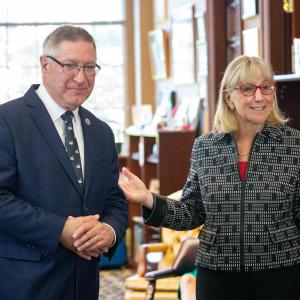 State Senate budget funds free community college for all
State Senate budget funds free community college for all ‘We can just be who we are’: Thousands show support for LGBTQ community at Hampshire Pride
‘We can just be who we are’: Thousands show support for LGBTQ community at Hampshire Pride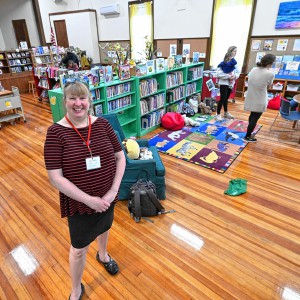 Doors open at Tilton Library’s temporary home at South Deerfield Congregational Church
Doors open at Tilton Library’s temporary home at South Deerfield Congregational Church Area property deed transfers, May 2
Area property deed transfers, May 2
